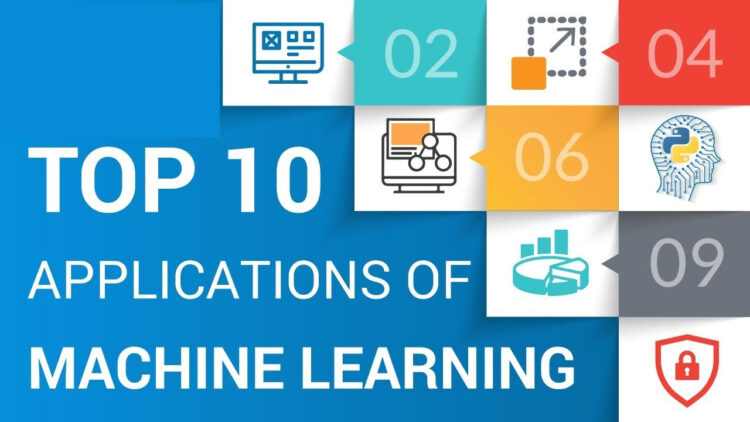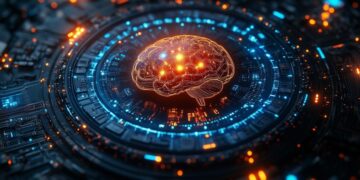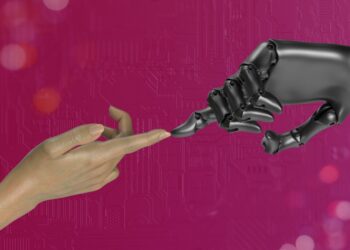Machine learning is a rapidly growing field that has the potential to revolutionize the way we work and live. It involves using algorithms to analyze and make predictions based on data, without being explicitly programmed to do so. Real-world applications of machine learning are varied and can be found in a wide range of industries, from healthcare and finance to retail and transportation.
In this overview, we will look at some of the most common examples of machine learning being used in the real world, including Netflix movie recommendations, Amazon product recommendations, Google search results, and more.
These examples demonstrate the power of machine learning to improve efficiency, solve problems and make predictions in various industries.
Netflix Movie Recommendations:
Netflix uses machine learning algorithms to recommend movies and TV shows to its users based on their viewing history and preferences. The algorithm takes into account various factors such as the user’s watch history, search history, ratings, and even the time of day to make recommendations. This has helped Netflix to retain its users and increase its subscription numbers.
Amazon Product Recommendations:
Amazon uses machine learning algorithms to recommend products to its users based on their browsing and purchase history. The algorithm takes into account various factors such as the user’s purchase history, search history, items viewed and even the time of day to make recommendations. This has helped Amazon to increase its sales and customer retention.
Also Read: Machine Learning Role In Paraphrasing Tools To Avoid Plagiarism
Google Search Results:
Google uses machine learning algorithms to rank and sort search results based on relevance and popularity. The algorithm takes into account various factors such as the user’s search history, location, and even the time of day to provide the most relevant results. This has helped Google to become the most widely used search engine in the world.

Facebook News Feed:
Facebook uses machine learning algorithms to curate the news feed for each individual user based on their interests and interactions. The algorithm takes into account factors such as the user’s interactions with posts, pages, and groups, as well as the time of day, to provide a personalized news feed for each user. This has helped Facebook to increase user engagement and retention.
Credit Fraud Detection:
Banks and financial institutions use machine learning algorithms to detect fraudulent credit card transactions in real-time. The algorithm takes into account various factors such as the user’s purchase history, location, and even the time of day to identify unusual patterns or anomalies that may indicate fraud. This has helped financial institutions to detect and prevent fraud, protect their customers and save billions of dollars in losses.
Also Read: Machine Learning Life Cycle Managemen
Healthcare:
Machine learning algorithms are increasingly being used in healthcare to assist in medical diagnosis, analyze medical images, predict patient outcomes, and personalize treatment plans. For example, a deep learning algorithm can be trained on a large dataset of medical images to identify cancerous tumors in patients. This has helped to improve the speed and accuracy of diagnosis, and has the potential to save lives by identifying diseases early.
Email Spam Filtering:
Machine learning algorithms are used to filter spam emails and protect users from phishing and other malicious attacks. The algorithm takes into account various factors such as the content of the email, the sender’s address, and the user’s interactions with the email to determine whether it is spam or not. This has helped to protect users from unwanted emails and malicious attacks.
Robotics:
Machine learning algorithms are used to enable robots to perform tasks such as grasping and manipulation, object recognition, and navigation. For example, a robot equipped with a deep learning algorithm can be trained to recognize and pick up specific objects, which can be useful in manufacturing, logistics, and other industries.
Self-Driving Cars:
Machine learning algorithms are used to enable self-driving cars to navigate, avoid obstacles, and make decisions based on sensor data. The algorithm takes into account various factors such as the car’s location, speed, and even the weather to make decisions and control the car. This has the potential to improve road safety and make transportation more efficient.
Predictive Maintenance:
Machine learning algorithms are used to predict when equipment or machinery is likely to fail, allowing for proactive maintenance to prevent downtime. The algorithm takes into account various factors such as the equipment’s usage, age, and performance history to predict when it is likely to fail. This has helped companies to improve the efficiency and lifespan of their equipment, and save money on maintenance costs.
Conclusion:
These are just a few examples of how machine learning algorithms are being used in the real world to improve efficiency, solve problems and make predictions. With the rapid advancement of technology, we can expect to see more and more applications of machine learning in various industries in the future.













